The world is advancing at a rapid pace with innovations coming from all sides and robotic exoskeletons are making headlines. Not too long ago these “power suits” were nothing more than science-fiction but not anymore. Thanks to enhanced technology and advanced engineering, exoskeletons are becoming increasingly popular across several sectors.
Welding flux is crucial as a prime anti-oxidising agent most commonly associated with arc welding. Choosing the right one will play an important role in the final quality of the weld. As anyone in the industry knows, becoming a welder is no easy feat as they are put to the test with extensive training. Welders must familiarise themselves with the various weld types, practices and the components for each welding method.
Did you know that flux core welding is known as one of the oldest arc welding methods? In this case, age has no bearing as is it remains one of the most effective and widely used methods for joining metal. The way it works is pretty straightforward as flux prevents welds from interacting with the environment, including air. Without flux, the base and filler material will interact with the atmosphere forming oxides or other unwanted compounds.
Common techniques for joining two materials include fastening, stitching and glueing but there’s no denying that welding provides the best results. More specifically, one of the most modern methods is ultrasonic welding. Compared to other joining methods, welds create stronger bonds that last remarkably longer and a much better finish.
An engineering company can only be successful with high-quality custom fabrication coupled with expert knowledge, experience and continuous investment. We’re not only talking about investing in equipment but also staff training and hiring. In order to provide the quality and service excellence customers deserve, equipment and staff must be of the highest level.
There are three core factors that determine success in manufacturing and that includes production cost, quality and speed. While each component plays a crucial role, manufacturers must fully commit to all three to reach and remain within the top tier.
Let’s take a look at some of the recent fabrication projects at PRV Engineering and find out more about coded welding and finishing.
Img Credit: McLaren Automotive
For the few who don’t know, McLaren Cars were founded in 1985 which later became McLaren Automotive. Today, they remain a successful British car manufacturer based at the McLaren Technology Centre in Woking, Surrey where their primary focus is on sports cars.
In 2017, McLaren constructed a £50m McLaren Composites Technology Centre (MCTC) at the Advanced Manufacturing Park between Sheffield and Rotherham. The facility is responsible for building carbon fibre chassis for all McLaren road cars.
McLaren Automotive became a 100% owned subsidiary of the wider McLaren Group in July 2017 and recently celebrated selling their 20,000th car. It will be hand-assembled at the McLaren Production Centre (MPC) in Surrey.
Considering the exponential growth in technology across various sectors and the adoption of digital technologies, is the world ready for another radical change? This digital transformation of industries is already happening and many believe this is the Fourth Industrial Revolution.
In today’s modern manufacturing world, not too many products are made without CNC machining. This includes the basics like toys, household appliances and machines but also cars, aeroplanes and medical devices among others. CNC machining is incredibly versatile and many industries cannot do without it.
Some of the main industries that rely heavily on CNC machining include aerospace, automotive, medical manufacturing and woodworking. Here, they use it use for various operations such as drilling and routing where the aerospace industry favours CNC machining because it offers the five-axis option when required. This functionality means they can more easily manage hard-to-cut materials such as Inconel.
In healthcare or the medical sector, CNC machining plays an essential role for micro-machining. This involves fabricating all the tiny parts made from different types of materials for various life-saving applications. Examples of CNC machined parts are pacemakers or titanium joints not to mention tools and implements for medical professionals.
In modern-day manufacturing, technology is forever advancing and it is essential to keep up with the all latest trends. Throughout our history, we have seen a number of methods implemented to manufacture custom parts. Today, CNC machining and 3D printing are seen as two of the most widely used manufacturing processes.
With the rapid growth of 3D printing technology, some believe it has become the first choice for many industries. On the other hand, CNC machining is still considered a reliable standard and there really aren’t many things that don’t involve CNC machined parts somewhere in the process.
Looking at the available technologies and industries utilising CNC machining and 3D printing, how do they work? Which industries prefer one or the other and how do they compare?

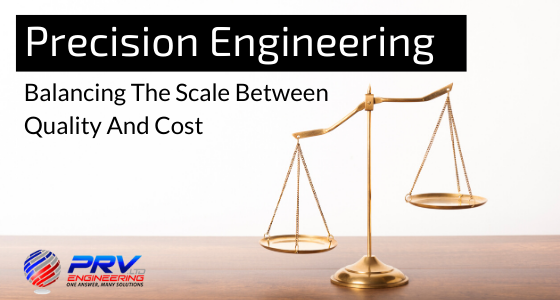

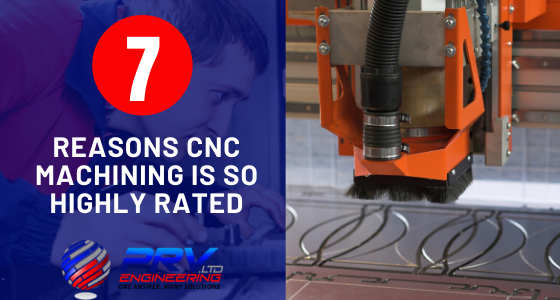

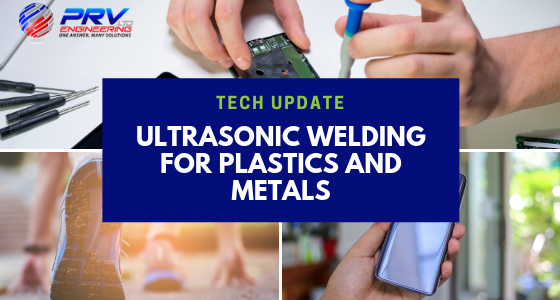
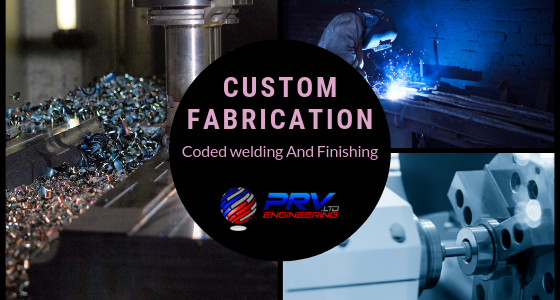


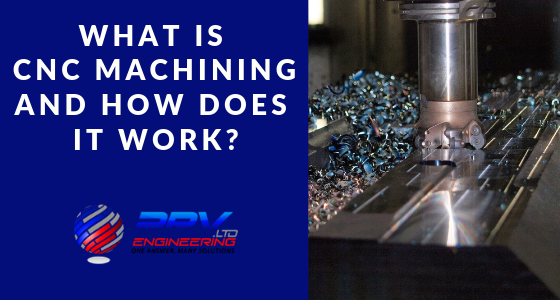

Recent Comments